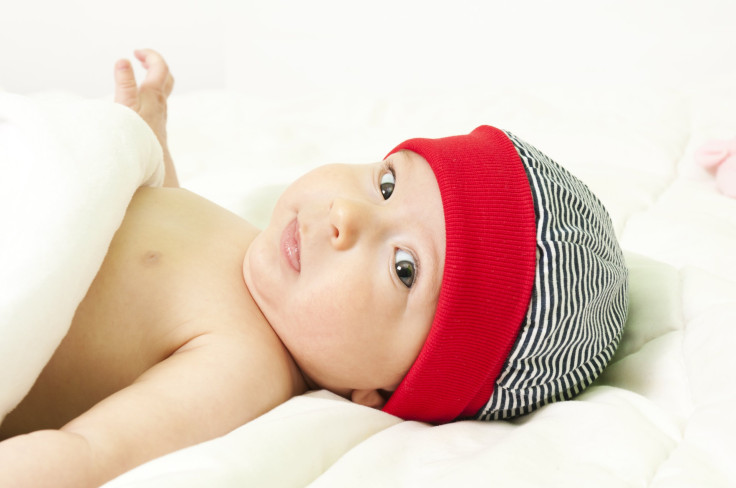Jury's Still Out On Link Between Infants' Gaze And Autism: Expert Challenges 'Groudbreaking' Study

Last month, a study in Nature garnered a lot of media buzz by reporting a relationship between the level of eye contact in infancy and the chances of developing autism. But when an unaffiliated researcher took a closer look at the study, he came to quite a different conclusion; there is in fact very little difference between babies who do and don’t develop autism in terms of their eye's gaze.
The Nature study likely made intuitive sense to many because “[d]eficits in eye contact have been a hallmark of autism since the condition’s initial description,” authors, Warren Jones and Ami Klin of Emory University, wrote in their study. Specifically, they found that infants that were eventually diagnosed with autism spectrum disorders (ASD) showed a decline in eye fixation from 2 to 6 months of age, which wasn’t observed in infants who didn’t develop ASD.
“These observations mark the earliest known indicators of social disability in infancy,” Jones and Klin concluded, challenging another hypothesis, which claimed that eye contact is not reduced in early infants who later develop ADD. This was big news because it offered hope for an early intervention that could prevent autism from further developing.
But Jon Brock, whose research at Macquarie University in Sydney focuses on cognitive developmental disorders including autism, not only provided a more grounded view of the study — he outright challenged it. “[A]s with many studies that receive the full media treatment, there are caveats a-plenty,” he wrote in his blog, Cracking The Enigma. “In fact, it could be argued that the results show the exact opposite of what the authors and the media coverage has suggested.”
Brock took issue with the analysis that found that boys who showed a decline in eye gaze from 2 to 6 months developed autism while “low-risk boys” actually showed an increase in eye gaze over the same amount of time. In other words, he summarized, “[i]t doesn’t matter how awkward the data collection process or convoluted the analysis, there’s information about autism in a babies’ eye gaze.”
In addition to noticing some weaknesses with the Nature study’s methods, Brock found that babies in the study who developed ASD versus those who didn’t actually exhibited the same amount of eye contact at 6 months, which meant that at 2 months ASD infants actually made more eye contact. “So, to sum up,” he concluded, “it's far too early to be declaring that baby's eye gaze predicts future autism.”
The U.K.’s National Health Service also urged skepticism when interpreting this study. “The results should be interpreted with caution though, as it took place in a highly artificial environment,” the health care system noted on their website. “Eye contact was measured in response to a video of a woman and not a real, live person, and there may have been many other confounding factors that could have accounted for the results.”



























